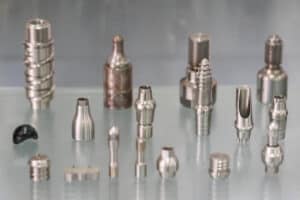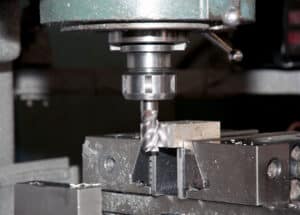Part assembly is an inevitable process in most mechanical products. It involves assembling various scattered parts to create a complex and exquisite mechanical product. In this article, we will discuss the fundamentals of part assembly, the different types of assembly techniques, design considerations for assembled parts, and assembly quality control measures.
Basic Principles of Parts Assembly
The primary goal of part assembly is to use parts to assemble a functional and reliable end product. The following basic principles are critical to achieving this goal:
Compatibility of parts: The individual parts used in an assembly must be compatible with each other in terms of dimensions, tolerances, and materials. This ensures that the final product functions correctly and meets the required quality standards.
Assembly accuracy: Accuracy is crucial in part assembly as it affects the overall quality and functionality of the final product. The assembly technique must be selected based on the parts to be assembled and the required tolerances.
Strength and durability: The final product must be strong and durable to ensure long-term reliable performance. Assembly techniques should take into account the forces and stresses that the final product will be subjected to in its intended use.
Types of Assembly Techniques
Part assembly can use different types of assembly techniques, including the following four:
Press fit: This involves pressing one part into another to create a tight fit. This technique is useful for small parts and allows for easy disassembly when needed.
Screw assembly: This involves using screws or bolts to fasten parts together. This is a reliable and straightforward technique that can be easily disassembled and reassembled.
Welding: This involves fusing two parts together using heat or pressure. It’s a permanent and robust technique, but it can be challenging to disassemble.
Adhesive bonding: This involves bonding two parts together using an adhesive. This is a reliable and straightforward technique, but it requires precise application and curing times.
Design Considerations for Assembly Parts
Designing parts for assembly requires careful consideration of factors such as ease of assembly, tolerance levels, and part compatibility. The following design considerations are critical to achieving successful part assembly:
Ease of assembly: Parts should be designed for ease of assembly with consideration for accessibility, alignment, and orientation.
Tolerance level: Tolerance levels must be specified to ensure the compatibility of parts during assembly. This includes dimensional tolerances, material tolerances, and surface finish tolerances.
Compatibility of parts: Parts must be designed to be compatible with each other, taking into account dimensions, tolerances, and materials.
Assembly Quality Control Measures
Quality control measures are equally critical in part assembly to ensure that the final product will meet specifications. The following quality control measures are critical to achieving this goal:
Inspection: Inspections must be carried out at various stages of assembly to check for defects and deviations from the required tolerances.
Testing: Testing must be performed to ensure that the final product meets the required functional specifications.
Documentation: Documentation must be maintained throughout the assembly process to ensure traceability and accountability.
In Conclusion
Part assembly is a key process in precision machinery production. The assembly process must be carried out with precision and care to ensure that the final product meets the required specifications and quality standards. Different assembly techniques can be used, and parts must be designed considering ease of assembly, tolerance levels, and compatibility of parts. Quality control measures such as inspection, testing, and documentation are critical to achieving a successful part assembly.




